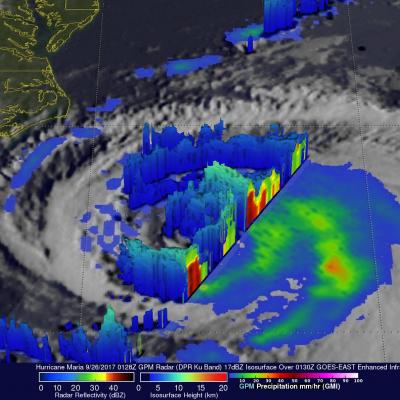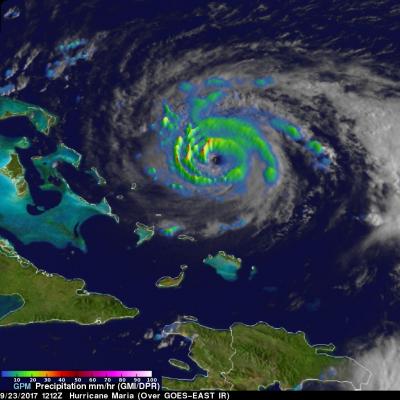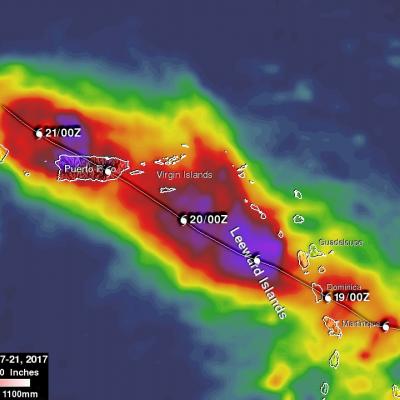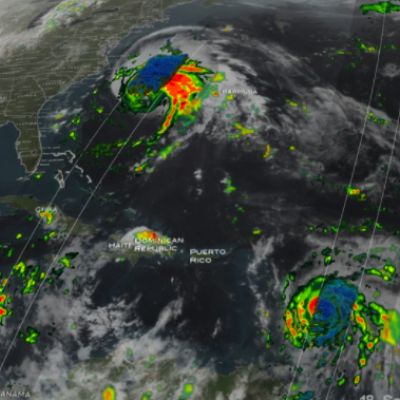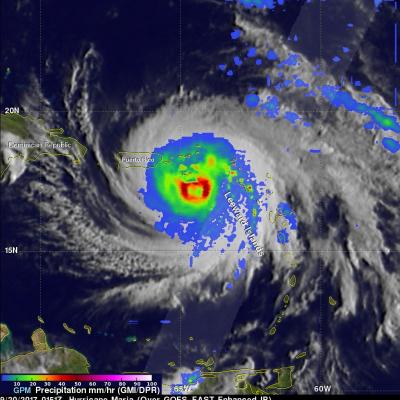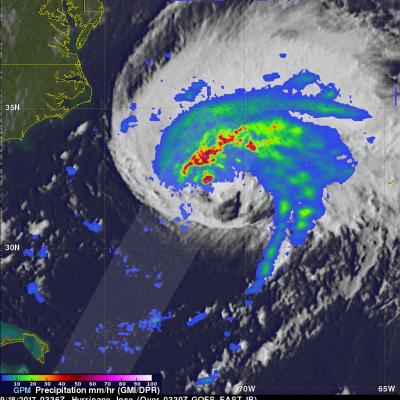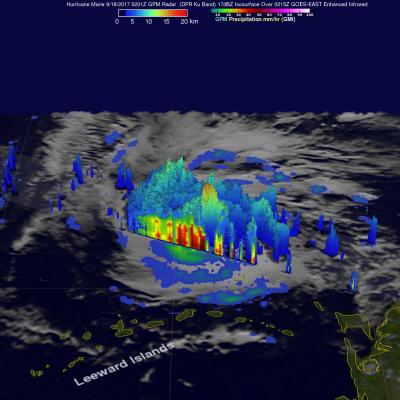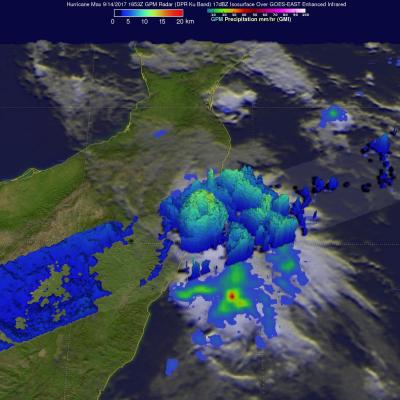TRMM Version 8 Level 1 Reprocessing Will Start Monday Oct. 02, 2017
PPS will start the TRMM version 8 level 1 processing on Monday October 2, 2017. All products will be produced as GPM version V05. All the TRMM products are in HDF5 format with internal compression (same as the current GPM products), and will be produced using the PPS Toolkit (TKIO) version 3.80.29. The TRMM product names will be changing using the GPM naming conventions. The GPM naming convention document can be found at: https://pps.gsfc.nasa.gov/Documents/FileNamingConventionForPrecipitatio…. TRMM version 8 level 1 products have new identifiers, 1ATMI, 1BTMI, 1AVIRS


